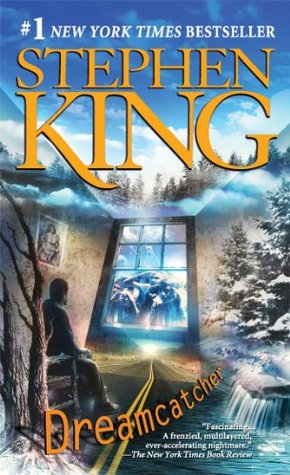victims of eye-fever were uniformly astounded to discover they had shot a fence-post, or a passing car, or the broad side of a barn, or their own hunting partner
Kilroy said that victims of eye-fever were uniformly astounded to discover they had shot a fence-post, or a passing car, or the broad side of a barn, or their own hunting partner (in many cases the partner was a spouse, a sib, or a child). “But I saw it,” they would protest, and most of them, according to Kilroy, could pass a lie-detector test on the subject. They had seen the deer or the bear or the wolf, or just the grouse flip-flapping through the high autumn grass. They had seen it.
What happened, according to Kilroy, was that these hunters were afflicted by an anxiety to make the shot, to get it over with, one way or the other. This anxiety became so strong that the brain persuaded the eye that it saw what was not yet visible, in order to end the tension. This was eye-fever. And although Jonesy was aware of no particular anxiety—his fingers had been perfectly steady as he screwed the red stopper back into the throat of the Thermos—he admitted later to himself that yes, he might have fallen prey to the malady.


